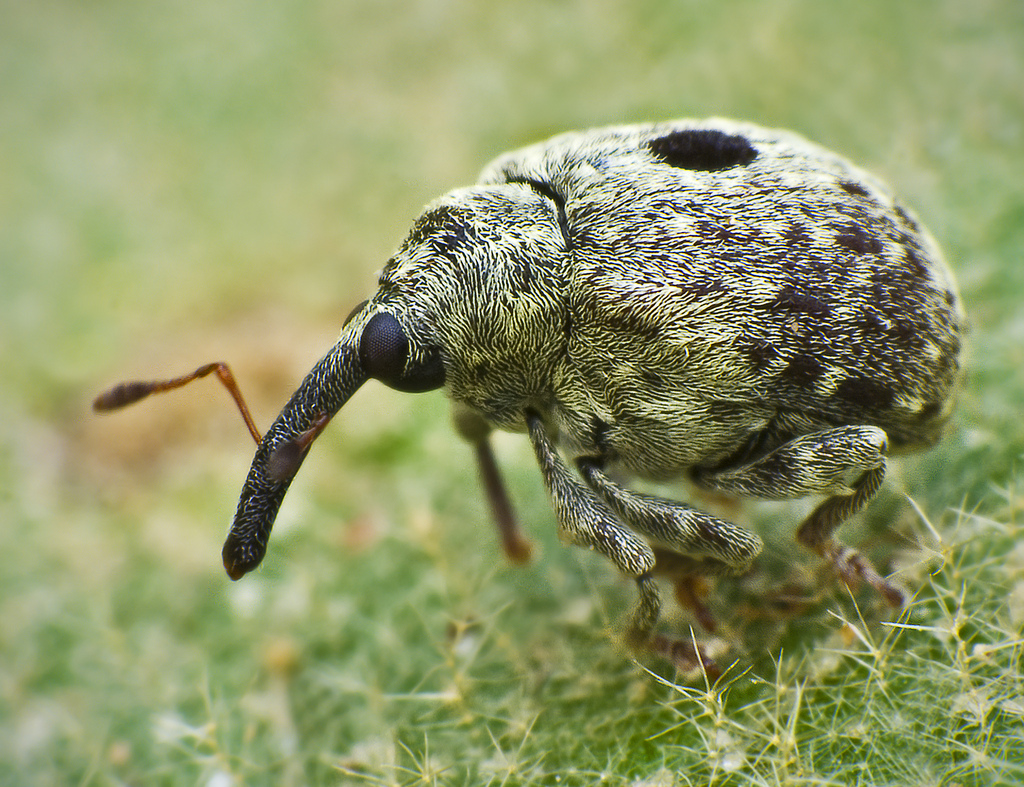|
Eubulus (beetle)
''Eubulus'' is a genus of hidden snout weevils in the family of beetles known as Curculionidae. There are at least 200 described species in ''Eubulus''. See also * List of Eubulus species References Further reading * * * Cryptorhynchinae Articles created by Qbugbot {{Cryptorhynchinae-stub ... [...More Info...] [...Related Items...] OR: [Wikipedia] [Google] [Baidu] |
Curculionidae
The Curculionidae are a family of weevils, commonly called snout beetles or true weevils. They are one of the largest animal families, with 6,800 genera and 83,000 species described worldwide. They are the sister group to the family Brentidae. They include the bark beetles as the subfamily Scolytinae, which are modified in shape in accordance with their wood-boring lifestyle. They do not much resemble other weevils, so they were traditionally considered a distinct family, Scolytidae. The family also includes the ambrosia beetles, of which the present-day subfamily Platypodinae was formerly considered the distinct family Platypodidae. Description Adult Curculionidae can be recognised by the well-developed, downwards-curved snout (Rostrum (anatomy), rostrum) possessed by many species, though the rostrum is sometimes short (e.g. Entiminae). They have elbowed Antenna (biology), antennae that end in clubs, and the first antennal segment often fits into a groove in the side of the ros ... [...More Info...] [...Related Items...] OR: [Wikipedia] [Google] [Baidu] |
List Of Eubulus Species
This is a list of 204 species in ''Eubulus'', a genus of hidden snout weevils in the family Curculionidae. ''Eubulus'' species * '' Eubulus acuminatus'' Fiedler, 1954 * '' Eubulus albicollis'' Fiedler, 1954 * '' Eubulus albifrons'' Fiedler, 1939 * '' Eubulus albocucullatus'' Fiedler, 1952 * '' Eubulus albopectus'' Fiedler, 1954 * '' Eubulus albopictus'' Fiedler, 1939 * '' Eubulus albovittatus'' Fiedler, 1954 * '' Eubulus alticarinatus'' Champion, 1905 * '' Eubulus altifrons'' Fiedler, 1939 * '' Eubulus amazonus'' Fiedler, 1954 * '' Eubulus angularis'' Champion, 1905 * '' Eubulus annulatus'' Fiedler, 1939 * '' Eubulus annulifer'' Champion, 1905 * '' Eubulus aspericollis'' Kirsch, 1869 * '' Eubulus atricollis'' Champion, 1905 * '' Eubulus atrodiscus'' Champion, 1905 * '' Eubulus basirubescens'' Fiedler, 1952 * '' Eubulus biangularis'' Champion, 1905 * '' Eubulus bicolor'' Fiedler, 1939 * '' Eubulus bicuspis'' Champion, 1905 * '' Eubulus bidentatus'' Champion, 1905 * '' Eubulus bifa ... [...More Info...] [...Related Items...] OR: [Wikipedia] [Google] [Baidu] |
Cryptorhynchinae
Cryptorhynchinae is a large subfamily of weevils ( Curculionidae), with some 6000 species. They are found in most zoogeographic regions although they are most diverse in the Neotropics, Australia and Oceania. They are distinguished by having their rostrum (snout) backwardly directed between their fore coxae in repose, and fitting within a protective channel that usually ends in a cup-like structure on the mesoventrite (ventral mid thoracic segment). The ends of the tibiae also bear an uncus (small hook-like extensions), a character they share with many other groups of Curculionidae that use woody plants for oviposition. They are merged into the Molytinae in some treatments, but a recent molecular study shows that Cryptorhynchinae sensu stricto are monophyletic and best kept as an independent subfamily. Some species of Cryptorhynchinae are considered agricultural pests, such as the mango seed weevil '' Sternochetus mangiferae'', but the great majority of species live in pri ... [...More Info...] [...Related Items...] OR: [Wikipedia] [Google] [Baidu] |
